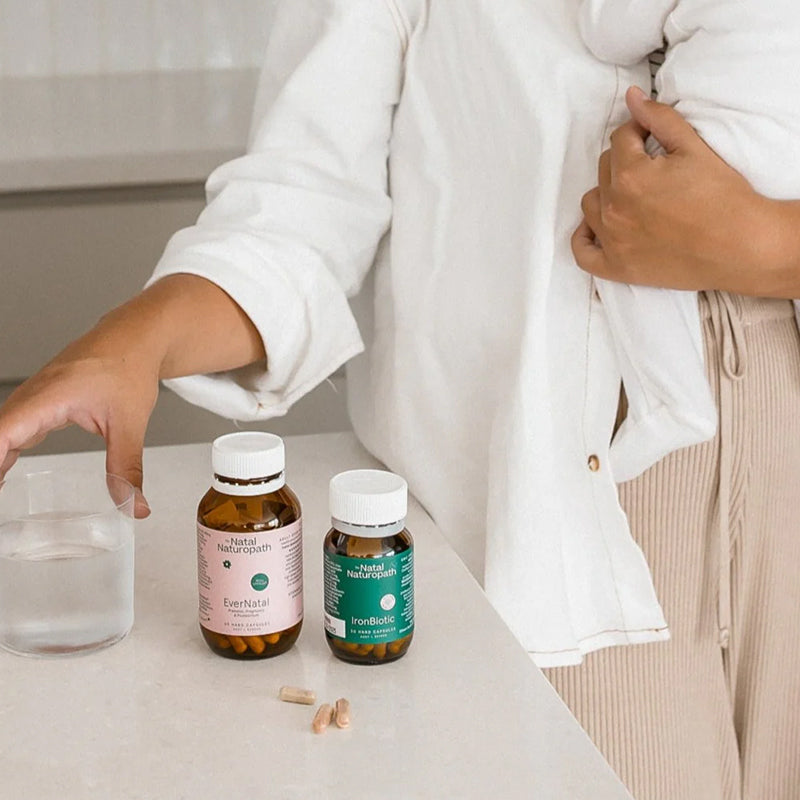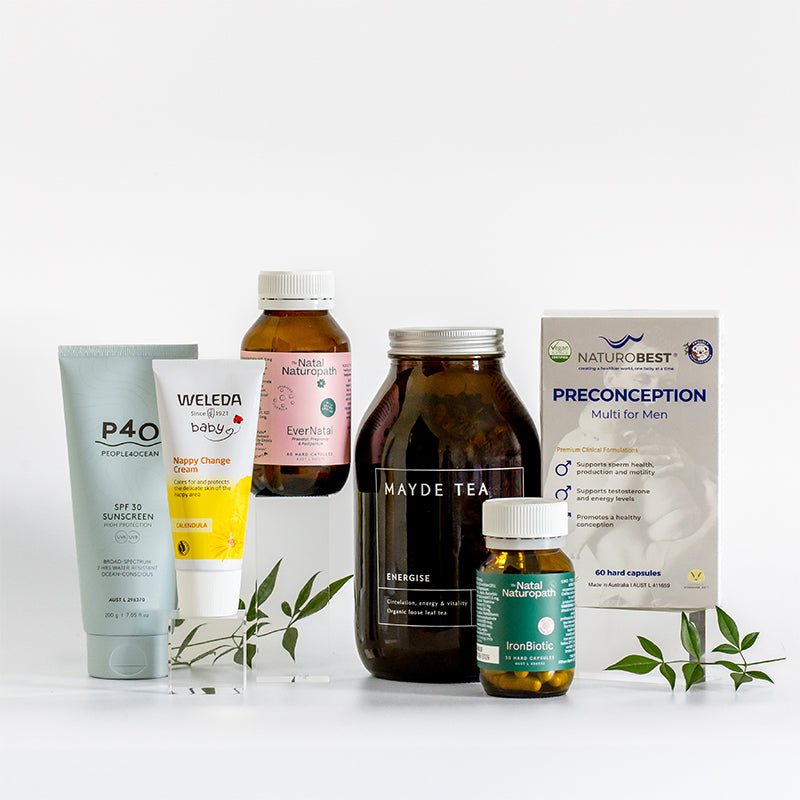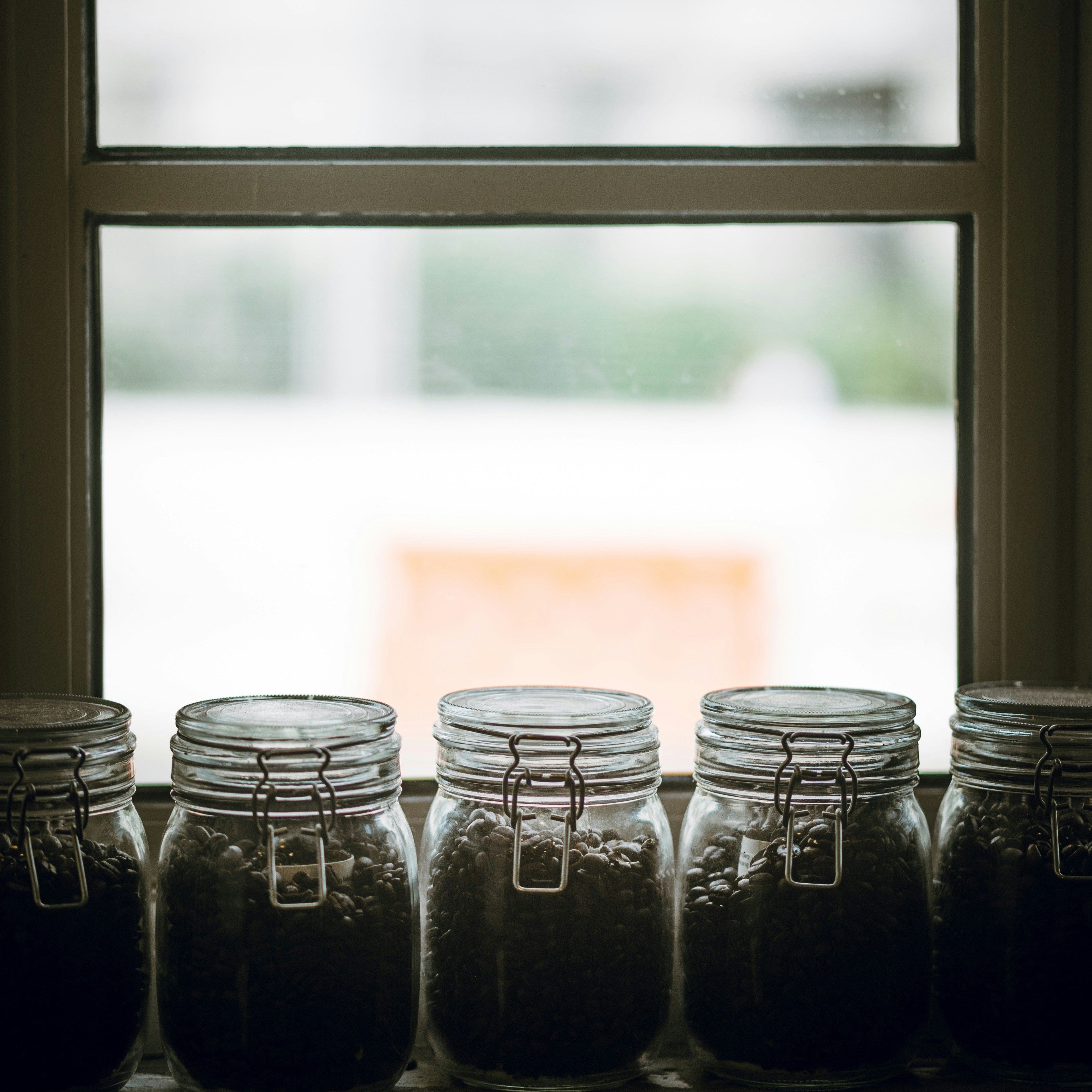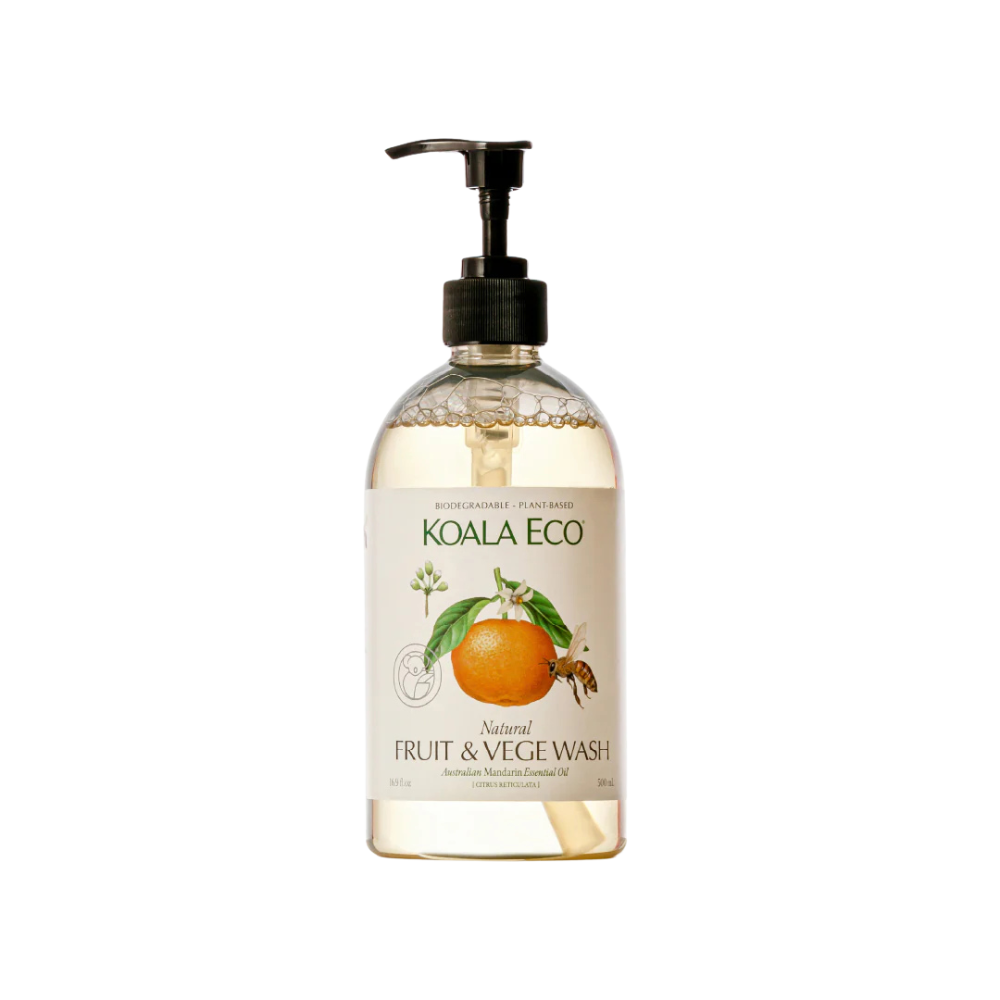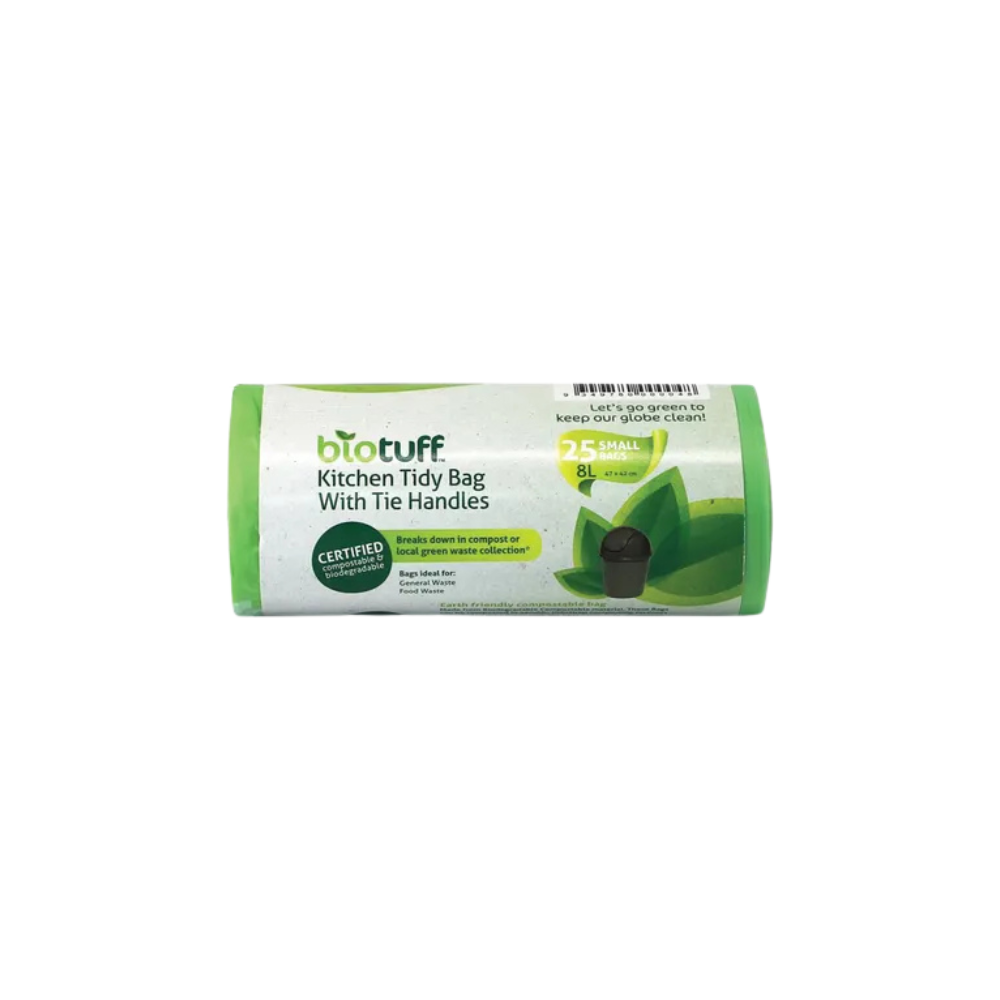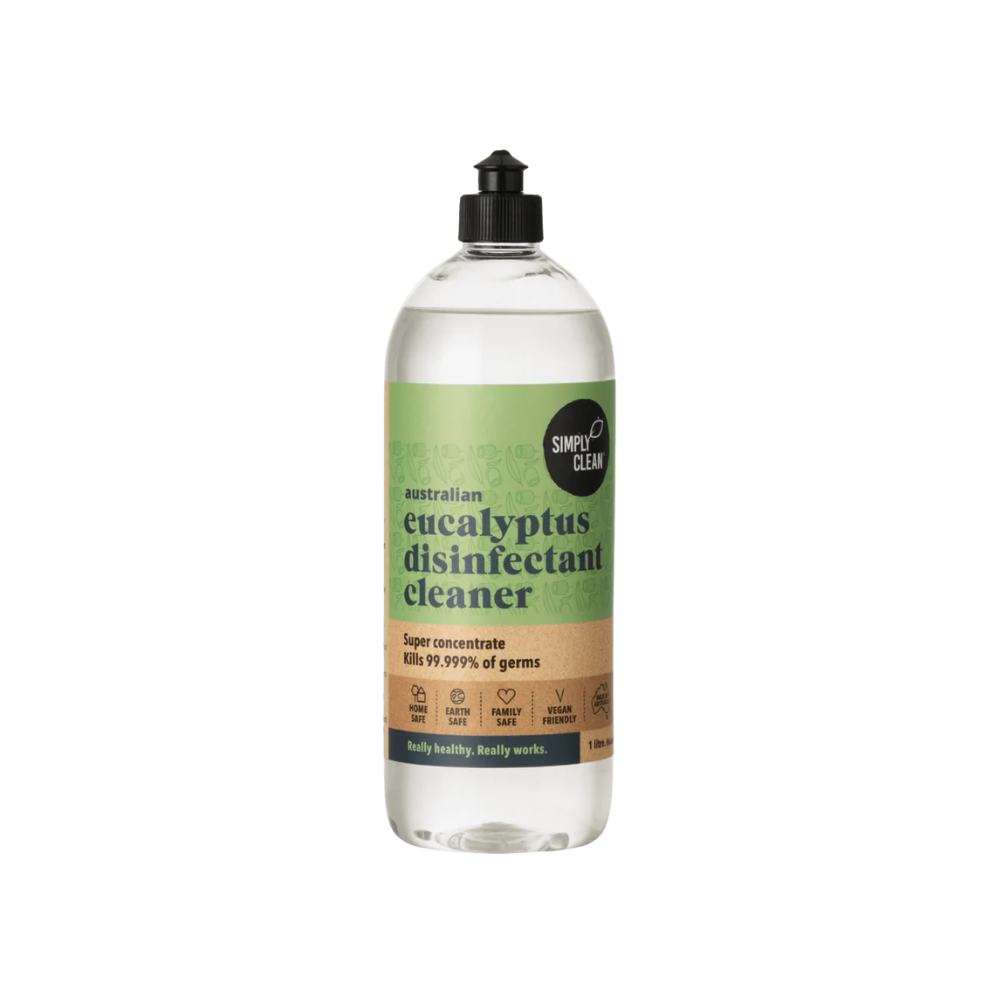They're invisible to the naked eye, yet they're everywhere: in our food, our water, our air, and even our bodies. Microplastics, tiny plastic particles smaller than five millimetres, have become one of the most pervasive environmental and health concerns of our time.
What's particularly alarming is that many of these microscopic pollutants aren't coming from distant sources; they're being released right inside our homes from everyday items we use without a second thought.
At Nourishing Apothecary, we understand that true wellness extends beyond the supplements we take and the foods we eat. It encompasses our entire living environment, which is why we're passionate about supporting our clients in creating low-tox homes that nourish rather than burden their bodies. Reducing microplastic exposure doesn't require a complete lifestyle overhaul, it’s about being aware and making some simple, smart swaps.
The hidden plastic in your home
Microplastics may be hiding in plain sight in your home and the sources might surprise you.
Tea bags: your morning ritual's plastic problem
That soothing cup of tea might be delivering more than just antioxidants. Many conventional tea bags are made from plastic polymers like PET (polyethylene terephthalate) and nylon, not paper as many people assume. When hot water is poured over these plastic tea bags, they can release billions of microplastic particles: up to 11.6 billion particles per cup according to recent research.
Even tea bags labelled as "biodegradable" or "compostable" may contain plastic polymers or be sealed with plastic adhesives. The heat from your boiling water acts as a catalyst, breaking down these materials and releasing microscopic plastic particles directly into your beverage.
Chopping boards: cutting up more than vegetables
Plastic chopping boards might seem like a hygienic choice, but every slice, dice, and chop creates microscopic plastic particles that can transfer directly onto your food. Research has shown that a single plastic chopping board can shed up to 50 grams of microplastics per year during normal use. That's equivalent to approximately 10 credit cards worth of plastic potentially ending up in your meals.
The deeper the knife cuts into the plastic surface, the more particles are released. Over time, as these boards develop scratches and gouges, they become even more prone to shedding microplastics with each use.
Clothing: wearing plastic without knowing it
Your wardrobe is likely one of the largest sources of microplastic pollution in your home. Synthetic fabrics like polyester, nylon, acrylic, and elastane are essentially woven plastics. Every time you wash these garments, they shed thousands of microscopic fibres that not only pollute waterways but also become airborne in your home.
These synthetic microfibres settle as household dust, circulate in your indoor air, and can be inhaled or ingested. A single load of synthetic clothing can release up to 700,000 microscopic plastic fibres, many of which remain in your living environment.
Household dust: the invisible plastic accumulator
Your household dust isn't just dead skin cells and dirt. It's increasingly made up of microscopic plastic particles from multiple sources. Synthetic carpets, furniture with plastic components, electronics, packaging materials, and synthetic clothing all contribute to this plastic-laden dust.
We inadvertently inhale and ingest these particles throughout the day, and children are particularly vulnerable as they spend more time on floors where these particles accumulate. Studies have found that indoor air can contain significantly higher concentrations of microplastics than outdoor air, making our homes potential hotspots for exposure.
5 simple swaps to reduce microplastic exposure
The good news is that reducing your exposure to microplastics doesn't require extreme measures. Here are five practical swaps that can significantly decrease your family's microplastic load:
1. Switch to loose leaf tea and natural tea bags
The swap: Replace plastic tea bags with loose leaf tea or tea bags made from unbleached paper, hemp, or other natural materials.
Why it works: Loose leaf tea eliminates the plastic problem entirely, while natural fibre tea bags don't release microplastics when exposed to hot water.
Practical tip: Invest in a quality tea strainer or infuser. Not only will you reduce plastic exposure, but loose leaf teas often provide superior flavour and higher antioxidant content. Look for organic options to further reduce chemical exposure.
2. Choose natural material chopping boards
The swap: Replace plastic chopping boards with those made from bamboo, wood, or other natural materials.
Why it works: Natural materials don't shed microplastics into your food, and many have natural antimicrobial properties. Bamboo, in particular, is naturally antibacterial and sustainable.
Practical tip: Maintain your natural chopping boards with regular oiling and proper cleaning. Use separate boards for different food types (vegetables, meat, etc.) to maintain food safety standards.
3. Embrace natural fibres in your wardrobe
The swap: Gradually replace synthetic clothing with natural fibres like organic cotton, linen, hemp, wool, and silk.
Why it works: Natural fibres don't shed microplastics during washing or wear. They're also often more breathable and comfortable against your skin.
Practical tip: Start with items you wear most frequently or those closest to your skin, like underwear and sleepwear. When shopping, check labels carefully—many garments contain blends of natural and synthetic fibres.
4. Upgrade your cleaning routine with natural products
The swap: Replace conventional cleaning products with plant-based, natural alternatives from our low-tox cleaning range. Our curated collection features surface sprays, dish soaps, and disinfectants made with plant-forward, natural ingredients that keep your home sparkling while protecting your family and the planet.
Why it works: Natural cleaning products are made with ingredients like plant-based surfactants derived from coconut and corn, essential oils with antibacterial properties, and vinegar as a natural disinfectant—all without the microplastic-containing ingredients found in many conventional cleaners.
Practical tip: Our low-tox products are designed to fit seamlessly into your life, whether you're incorporating more natural products into your cleaning routine gradually or overhauling your home entirely. For additional guidance on creating a healthier home environment, explore our comprehensive guide on low-tox living and simple home remedies for a healthier lifestyle.
5. Minimise synthetic home textiles
The swap: Choose natural fibre rugs, curtains, upholstery, and bedding instead of synthetic alternatives.
Why it works: Natural textiles don't shed microplastic fibres into your indoor air and dust. They also tend to be more durable and often provide better indoor air quality.
Practical tip: Look for certifications like GOTS (Global Organic Textile Standard) when purchasing natural textiles to ensure they're truly chemical-free and sustainably produced.
The bigger picture: why microplastics matter for your health
While research on the health impacts of microplastics is still evolving, what we do know is concerning. These particles can cross biological barriers, potentially reaching the bloodstream, organs, and even crossing the placental barrier. They may act as carriers for other toxic substances and could trigger inflammatory responses in the body.
From a naturopathic perspective, reducing unnecessary toxic load is always beneficial. Your body has remarkable healing and detoxification capabilities, but why burden these systems unnecessarily when simple swaps can significantly reduce exposure?
Creating a low-tox home environment
Reducing microplastic exposure is just one aspect of creating a truly nourishing home environment. At Nourishing Apothecary, we offer natural, low-tox products that work to restore your health from the inside out. Choosing low-tox alternatives doesn't come at the expense of efficiency and quality, our range of safe, natural alternatives are packed with high-performing, natural ingredients for impressive results.
Other areas to consider for low-tox living:
-
Personal care products: Choose natural skincare, haircare, and cosmetics
-
Food storage: Use glass or stainless steel instead of plastic containers
-
Water filtration: Install quality filters to reduce microplastics in drinking water
-
Air purification: Consider natural air purifiers like houseplants or quality HEPA filters
Small changes, significant impact
The journey towards reducing microplastic exposure doesn't need to happen overnight. Start with one or two swaps that feel manageable for your lifestyle and budget. As these become routine, gradually incorporate additional changes. Remember, every small step towards a cleaner, more natural lifestyle supports your overall health and wellbeing.
What matters most is progress, not perfection. Even reducing your microplastic exposure by 50 per cent makes a meaningful difference to your toxic load and supports your body's natural healing processes.
Ready to reduce your microplastic exposure and create a healthier home?
Our low-tox product range offers simple, effective alternatives to conventional household items. For personalised guidance on supporting your body's natural detoxification processes, book a discovery call with one of our experienced naturopaths who can help you create a comprehensive wellness plan that includes both reducing toxin exposure and supporting your body's innate healing abilities.

